Growth of the Healthcare Sector
The expansion of the healthcare sector is a significant driver for the Medical Device Packaging Market. As healthcare facilities grow and evolve, the demand for medical devices and their corresponding packaging solutions increases. Factors such as an aging population, rising chronic diseases, and advancements in healthcare technology contribute to this growth. Consequently, packaging manufacturers are presented with opportunities to innovate and provide solutions that meet the needs of a dynamic healthcare environment. The market is likely to experience robust growth as healthcare providers seek reliable and efficient packaging options to support their operations.
Regulatory Compliance and Standards
The Medical Device Packaging Market is heavily influenced by stringent regulatory requirements and standards imposed by various health authorities. Compliance with these regulations ensures that medical devices are safely packaged to prevent contamination and maintain sterility. For instance, the FDA and ISO standards dictate specific packaging materials and processes, which manufacturers must adhere to. This compliance not only enhances product safety but also boosts consumer confidence in medical devices. As a result, companies are increasingly investing in advanced packaging solutions that meet these regulatory demands. The market for compliant packaging solutions is projected to grow, reflecting the industry's commitment to safety and quality assurance.
Technological Advancements in Packaging
Technological innovations play a pivotal role in shaping the Medical Device Packaging Market. The integration of advanced materials and smart technologies enhances the functionality and safety of medical device packaging. For example, the use of RFID technology allows for better tracking and inventory management, while smart packaging can provide real-time data on the condition of the device. These advancements not only improve operational efficiency but also reduce the risk of product recalls due to packaging failures. The market is expected to witness a surge in demand for technologically advanced packaging solutions, as manufacturers seek to leverage these innovations to gain a competitive edge.
Rising Demand for Minimally Invasive Procedures
The increasing preference for minimally invasive procedures is significantly impacting the Medical Device Packaging Market. As these procedures often require specialized medical devices, the demand for innovative packaging solutions that ensure device integrity and sterility is on the rise. The market is projected to expand as healthcare providers adopt these techniques, which are associated with shorter recovery times and reduced hospital stays. Consequently, packaging manufacturers are focusing on developing tailored solutions that cater to the specific needs of minimally invasive devices. This trend indicates a shift towards more sophisticated packaging systems that align with evolving surgical practices.
Focus on Sustainability and Eco-Friendly Packaging
Sustainability has emerged as a crucial driver in the Medical Device Packaging Market. With increasing awareness of environmental issues, manufacturers are under pressure to adopt eco-friendly packaging solutions. This shift is leading to the development of biodegradable and recyclable materials that minimize environmental impact. Companies are exploring sustainable alternatives to traditional packaging materials, which not only comply with environmental regulations but also appeal to environmentally conscious consumers. The market for sustainable packaging is anticipated to grow as more organizations commit to reducing their carbon footprint and enhancing their corporate social responsibility initiatives.
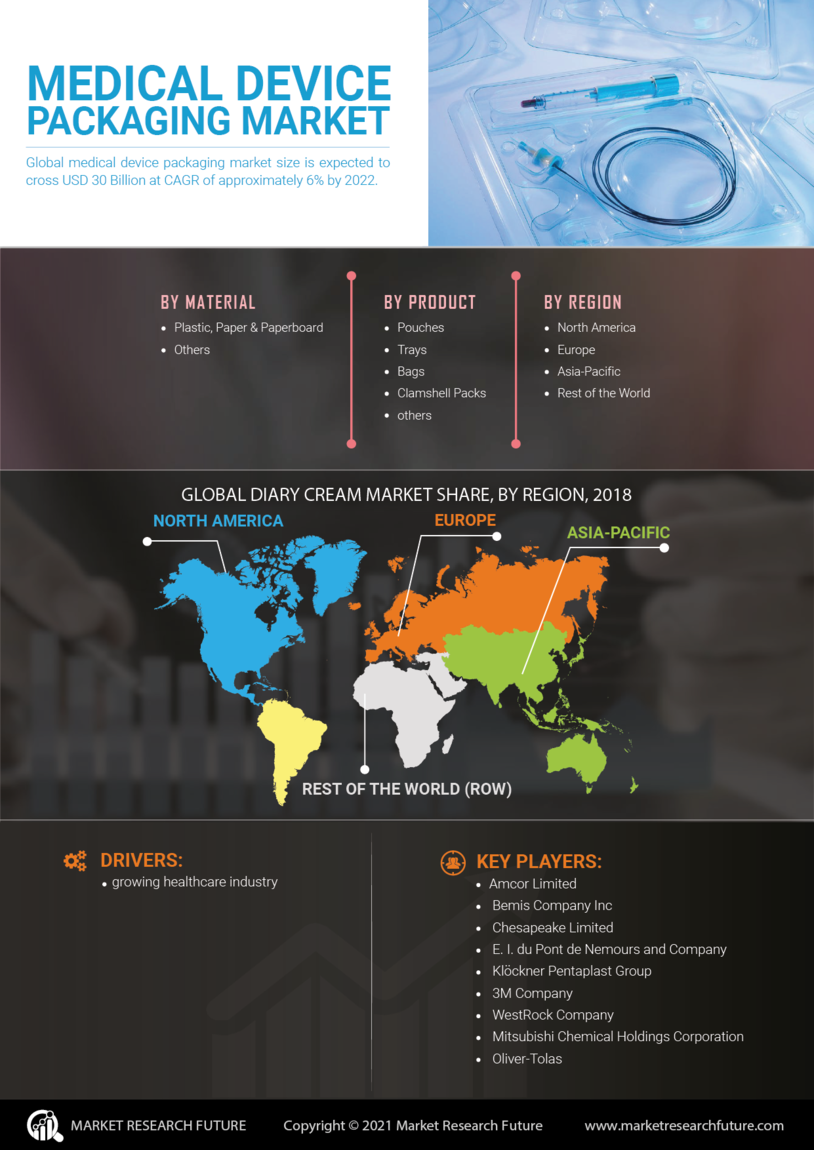

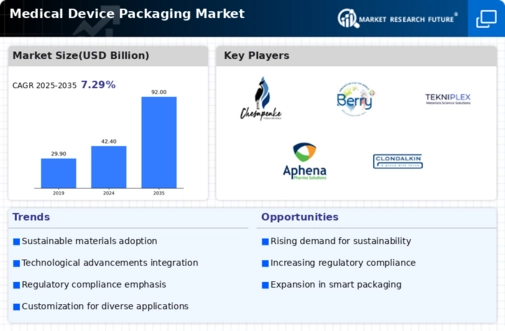
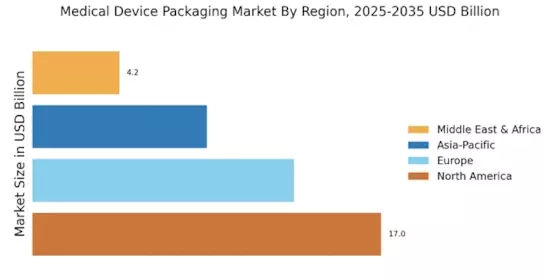

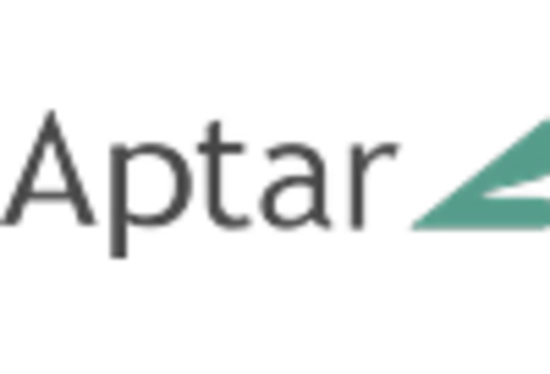
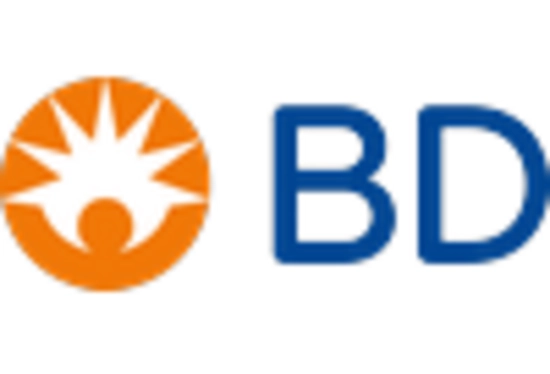
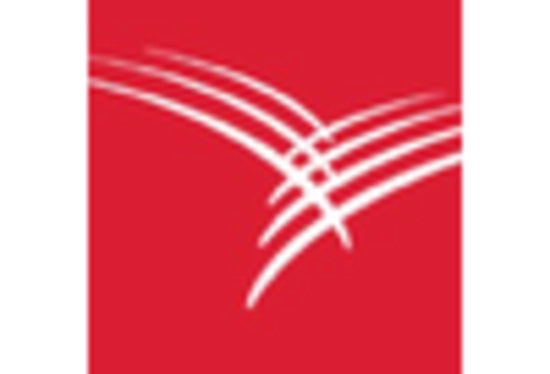










Leave a Comment